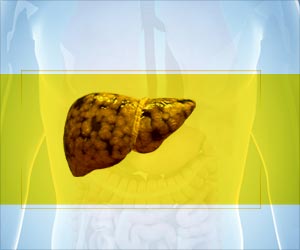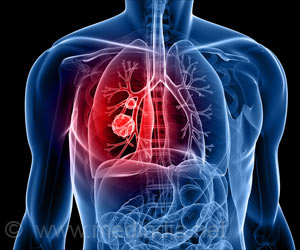Human milk oligosaccharides (HMOs) is a unique sugar composition in mother's breastmilk may reduce food allergies in infants.

‘Human milk oligosaccharides (HMOs) are structurally complicated sugar molecules unique to human breast milk may help to reduce food sensitization in infants.’





HMOs are structurally complicated sugar molecules unique to human breast milk. They are the third most abundant solid component in human milk after lactose (a different type of sugar) and fat. They are not actually digestible by infants, but act as a prebiotic, helping to guide the development of the infant gut microbiota, which previous research suggests is a key influencer of allergic disease.Past research has shown that breastfed infants have a lower risk for a variety of medical conditions, such as wheezing, infections, asthma, and obesity.
In the newly published study, a team led by Lars Bode, Ph.D., associate professor of pediatrics at UC San Diego School of Medicine, and Meghan Azad, Ph.D., assistant professor in the Rady Faculty of Health Sciences at University of Manitoba, analyzed milk samples and data from 421 infants and mothers participating in the CHILD Study, a longitudinal study tracking nearly 3,500 Canadian mothers and children from pregnancy to school age.
The CHILD Study was launched in 2008 by the Canadian Institutes of Health Research and the AllerGen Network of Centres of Excellence, a consortium of researchers, industry partners, policymakers, health care providers and patient advocates supporting improved understanding and treatment of allergic diseases.
Breast milk samples taken three-to-four months after birth were analyzed at the Larsson-Rosenquist Foundation Mother-Milk-Infant Center of Research Excellence at UC San Diego, directed by Bode. At one year of age, infants were given skin prick tests to check for allergic sensitization to common allergens, including certain foods.
Advertisement
The multidisciplinary team of scientists found that 59 of 421 infants (14 percent) displayed sensitization to one or more food allergens at age 1. No individual HMO was associated with food sensitization, but the overall HMO composition appeared to play a role. Composition of HMOs in breast milk is variable and determined by factors like lactation stage, gestational age, maternal health, ethnicity, geographic location and breastfeeding exclusivity.
Advertisement
Study authors say the findings demonstrate the link between HMO composition and prevention of food sensitization and underscore the need for further research to explore the underlying biological mechanisms involved, establish long-term consequences of HMO composition on confirmed allergic disease in later childhood and begin to assess how HMO modification might be used therapeutically.
Source-Eurekalert















